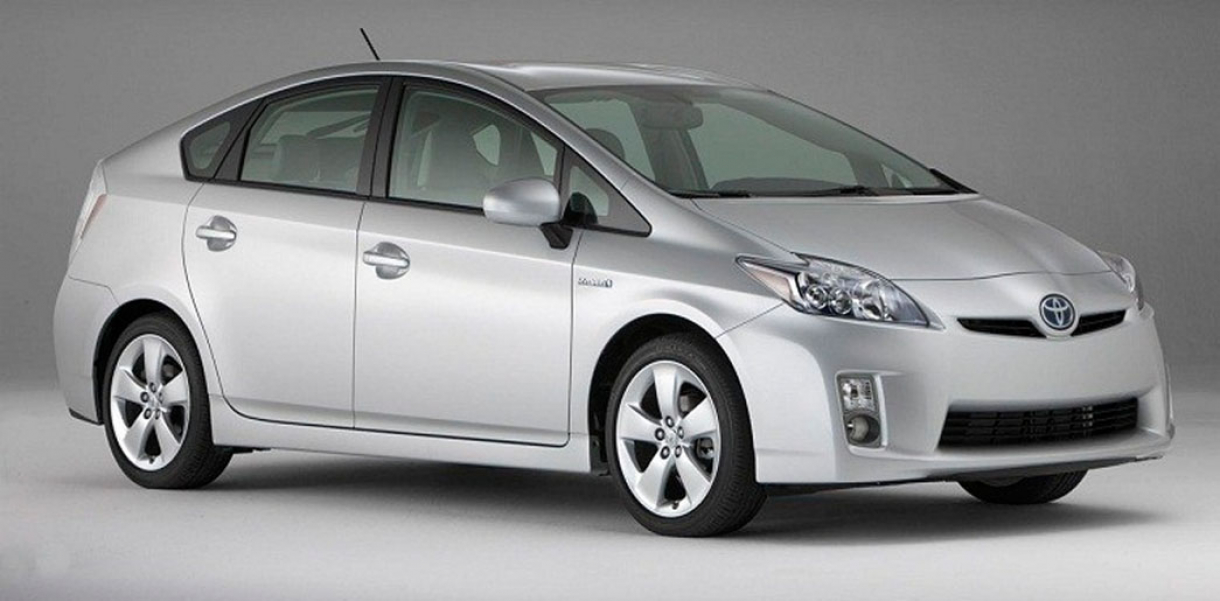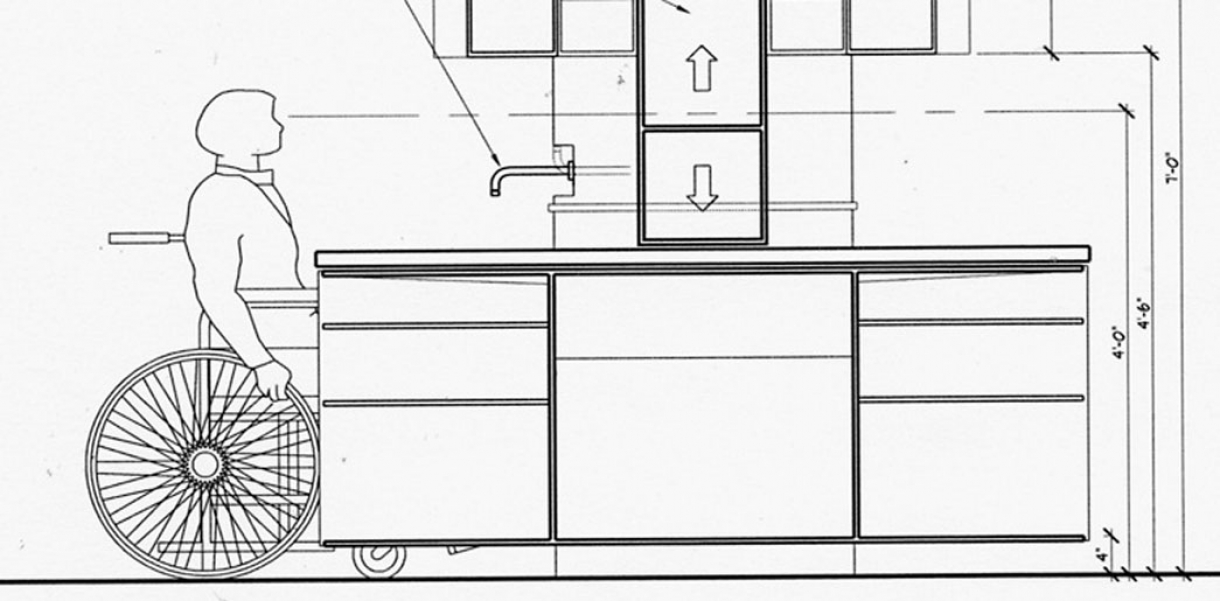From the materials used in production, through driving, maintenance, and finally in its disposal, Prius has reduced CO2 emissions by an astonishing 35%. Prius has a recyclability potential of approximately 90%. But Prius’ fuel consumption is a miserly 4.3-litres per 100 kilometre overall and an eco-performance better than that of any other production vehicle. Prius easily meets the most stringent emission specification in the world. Toyota has significantly reduced the number of materials in Prius that are considered to cause an environmental burden.
Functionality and use of design
A super-quiet Hybrid Synergy Drive system allows Prius to rival conventional 2.0-litre class vehicles in acceleration both from rest and in overtaking, thanks to seamless power delivery according to demand as it draws power from either its petrol engine, electric motor or both.
The Toyota hybrid system is more responsive than a pure petrol engine, while the sustained acceleration is achieved without any transmission shift shock. All of Prius’ major functions, including acceleration, braking, steering and transmission are electronically controlled. Even the inverter type air conditioner system is electronically controlled and driven for optimised climate control in all conditions and functions without drive from either the petrol or the electric motor. The drive-by-wire accelerator and climb/descent control function further ensures a smoother ride, while Prius’ hill hold function prevents the vehicle from rolling backwards when pulling off on an uphill slope.
How did this design improve life?
Toyota Prius is a landmark vehicle, the next generation of clean-running practical cars designed for urban, and suburban, drivers. And while saving the world is a tall order for a car, the Prius is one of those cars that could make a difference. Prius is by far the cleanest production car on the planet, underscoring Toyota’s commitment to responsible manufacturing that is maintained throughout the life cycle of a Toyota and beyond. From the materials used in production, through driving, maintenance, and finally in its disposal, Prius has reduced CO2 emissions by an astonishing 35%. On top of that, Prius has a recyclability potential of approximately 90%.
Today’s car of the stars (watch the Oscars to see how many of them drive one…) is also good looking and offers brilliant space and safety (it has a top five-star Euro NCAP rating), it handles well and goes as well as most any conventional rival, too. The success of Prius is having an effect on the worldwide automotive industry far exceeding the car’s sales numbers -- forcing other reluctant car manufacturers to rush their own hybrid models to market.
We submit Toyota’s second-generation Prius, the latest, significantly upgraded 2004 model building on the success of its predecessor enjoyed when introduced in Japan in December 1997. That was a move that realized the dream of a group of Toyota engineers charged with the developing an ultra-fuel-efficient, low emission, hybrid engine technology passenger vehicle for the mass market. The first Prius demonstrated Toyota’s determination and ability to take the lead in transforming essentially a demonstration technology into an international mass market production model. That car introduced revolutionary driveline technology package to smash every petrol efficiency and emissions record.
Also a compact car with a spacious interior, the first Prius’ distinctive appearance reflected its advanced technology in a crossover blend between engineering concept and mass production reality.
Prius was an instant hit, reaching the 100 000 sales mark by August 2002 as this revolutionary Toyota made an indelible mark among the environmentally conscious. But with that job done Toyota faced up to the challenge of broadening the global appeal and market penetration of the Prius beyond the limitations of a core market of just ‘green’ buyers. Regarded as a technologically advanced, smart and eco-friendly solution to specific motoring needs, the first generation Prius’ exceptional fuel economy, low emission levels, and overall quietness of operation achieved Toyota’s aim of establishing a public awareness of the viability of Hybrid system drivelines in day-to-day usage.
Development of the new generation Prius focused on expanding on appeal and functionality while further demonstrating Toyota’s technological advancement through the new ‘Hybrid Synergy Drive’. The objective was to reduce the cost premium associated with hybrid drive technology and improve its fun to drive aspect.
While providing exceptional value in an advanced technology motoring experience, new Prius offers an advanced hybrid system driving experience, futuristic functionality and features, and world-class environmental performance in fuel efficiency and emissions to a far broader target market than just a bunch of tree huggers.
Prius’ super aerodynamic monoform shape boasts increased and more functional interior passenger, utility and luggage room (it’s just 5% smaller than a Camry), wrapped in a wind-cheating body with an exceptional 0.26 CD drag coefficient. Lightweight also plays a significant part in Prius efficiency thanks to a number of aluminum and plastic components used in its chassis construction, brake, suspension and several other components.
Prius’ ‘high-deck’ design ensures a deep, safe luggage area, while the rear seats have a 60/40 split and can be folded flat to expand the luggage area and the front seats can also be folded flat.
Technically, Toyota’s latest generation Hybrid Synergy Drive system allows Prius to now rival conventional 2.0-litre class vehicles in acceleration both from rest and in overtaking, thanks to seamless power delivery according to demand as it draws power from either its petrol engine, electric motor or both. The Toyota hybrid system is more responsive than a pure petrol engine, while the sustained acceleration is achieved without any transmission shift shock.
Significantly, all of Prius’ major functions, including acceleration, braking, steering and transmission are electronically controlled and form the core of the Toyota Hybrid Synergy Drive system. Even the inverter type air conditioner system is electronically controlled and driven for optimised climate control in all conditions and functions without drive from either the petrol or the electric motor. The drive-by-wire accelerator and climb/descent control function further ensures a smoother ride, while Prius’ hill hold function prevents the vehicle from rolling backwards when pulling off on an uphill slope.
A unique attribute of Toyota’s Hybrid Synergy Drive system is its inherent quietness of operation – quieter than the average compact class vehicle and indeed rivalling is whispering and larger 2.4-litre Camry stablemate. But Prius’ trump card is without a doubt its miserly 4.3-litres per 100-kilometre overall fuel consumption (which translates to a ‘practical-use’ six litres per 100/km) and an eco-performance better than that of any other production vehicle. Prius easily meets the most stringent emission specification in the world and furthermore, Toyota has significantly reduced the number of materials in Prius that are considered to cause an environmental burden.
Prius is capable of fuel consumption that is comparable to some smaller diesel powered vehicles, while its production of CO2 and NOX is also radically low. A further advantage over the diesel alternative is that Prius’ particulate emissions (a downside in a diesel) are non-existent. Just 0,02 g/km of HC and NOX emission is produced compared to a EURO IV petrol maximum allowable of 0.18 and a forthcoming EURO IV diesel maximum of 0.30. Prius’ handling and braking performance is also designed to rival the best of Europe’s compact performance sedans thanks to a wide track and long wheelbase and an electric power steering system is integrated into the vehicle stability system
Drawbacks of life improvement
None.
Research and need
Rather than recount the standard automotive design and development process, it is more important to emphasize that Prius is a part of Toyota’s larger corporate-wide Five Year Environmental Performance Action Plan. This program manages environmental issues across the life cycle of automobile design, production, procurement, sales, distribution and recycling. Toyota has taken a holistic approach to sustainability that is a model for all industries. This philosophy and all of the innovative processes, practices and products that flow from it should be given centre stage in any recognition of Prius by INDEX.
Designed by
Shigeyuki Hori - Japan






